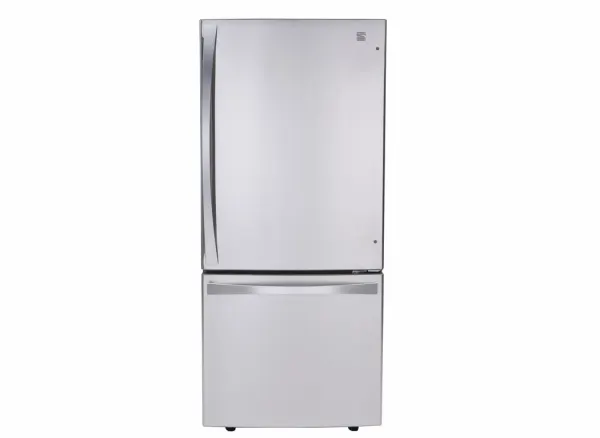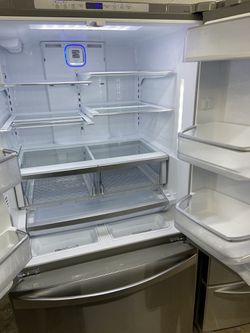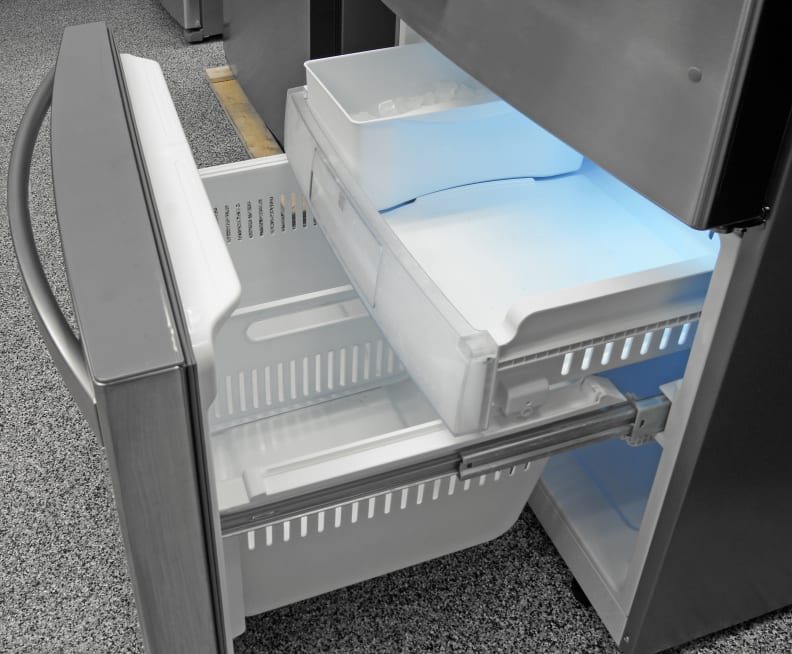
If you have a Kenmore upright freezer, you may notice some water leaking from the bottom of the freezer or some ice buildup on the freezer floor. This could be a sign that your defrost drain is clogged or frozen. The defrost drain is a small hole that allows the melted frost to drain into a pan under the freezer during the defrost cycle. If the drain is blocked by food particles, ice, or debris, the water will overflow and leak out of the freezer or refreeze inside the freezer.
A clogged or frozen defrost drain can cause several problems for your freezer and your food, such as:
To prevent these issues, you should regularly check and clear your defrost drain. In this post, we will show you how to find and unclog the defrost drain on your Kenmore upright freezer and why it matters.
The defrost drain on your Kenmore upright freezer is located at the lower back panel inside the freezer. You can unclog it by removing the panel, melting any ice with hot water or a hair dryer, and flushing out any debris with a turkey baster or a pipe cleaner.
The defrost drain on your Kenmore upright freezer is usually hidden behind a back panel inside the freezer. To access it, you will need to do the following steps:

Once you have located the defrost drain, you can unclog it by using one of these methods:

Q: How often should I check and clear my defrost drain?
A: You should check and clear your defrost drain at least once every six months, or more often if you notice any signs of clogging or freezing, such as water leaks, ice buildup, or poor cooling performance.
Q: How do I prevent my defrost drain from clogging or freezing?
A: You can prevent your defrost drain from clogging or freezing by following these tips:
Q: What if I can’t unclog my defrost drain by myself?
A: If you have tried the methods above and still can’t unclog your defrost drain, you may need to call a professional technician to inspect and repair your freezer. There may be a problem with your defrost heater, defrost timer, or defrost thermostat that prevents your freezer from defrosting properly.
Unclogging the defrost drain on your Kenmore upright freezer is an easy and important task that can help you keep your freezer running efficiently and your food frozen and safe. The defrost drain is located at the lower back panel inside your freezer, and you can unclog it by melting any ice and flushing out any debris with hot water, a hair dryer, or a turkey baster. We hope this post has helped you learn how to find and unclog the defrost drain on your Kenmore upright freezer and why it matters. If you have any questions or comments, please feel free to share them below.
